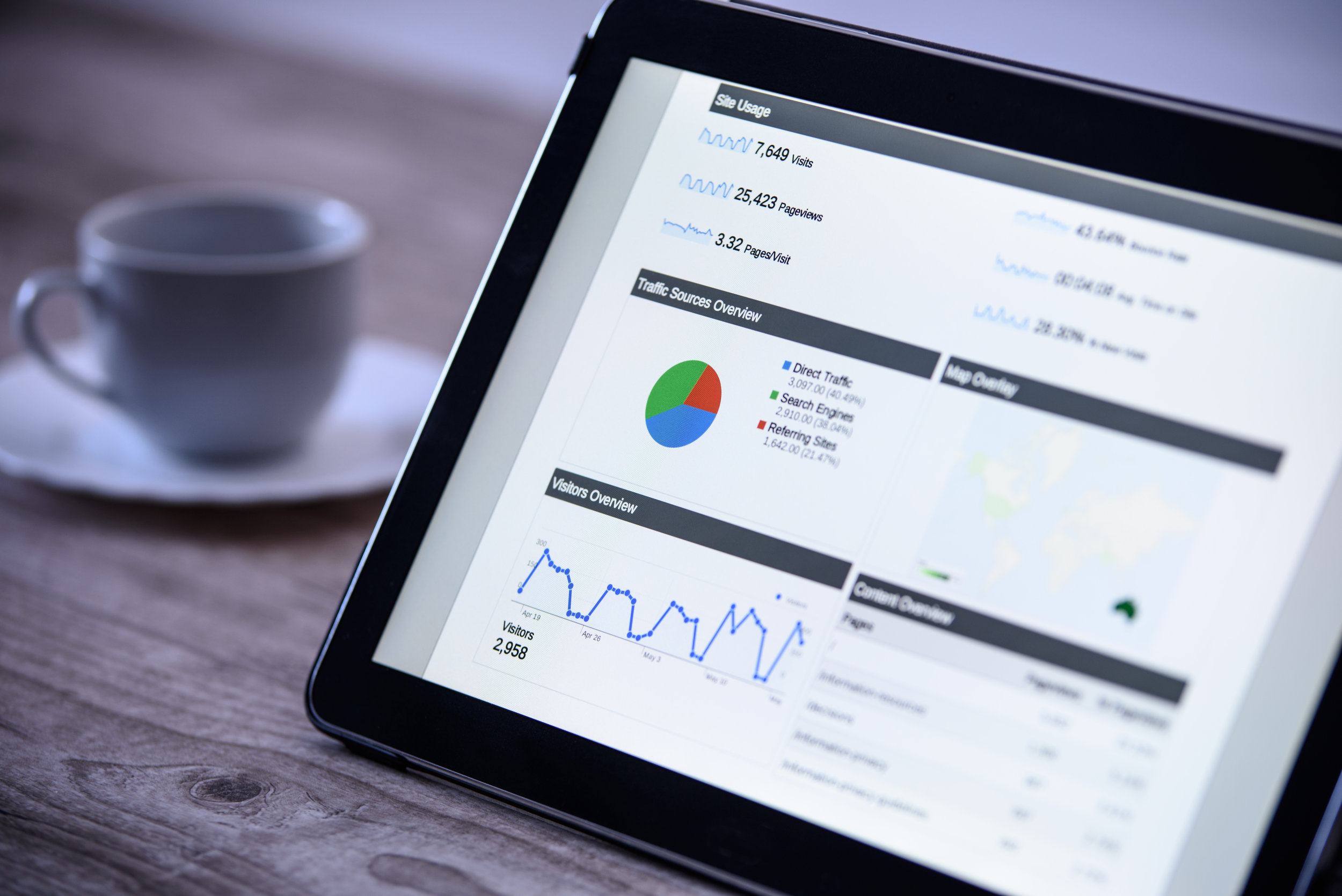Refining Your Marketing Strategy with Google Analytics Data
Digital Marketing
Jan 01
Google Analytics is a gold mine for marketers — a very large gold mine that can provide vast amounts of data to analyze. Breaking down that data and applying it to data-driven marketing decisions can have a big impact on business goals. We’ll show you how to use the three main Google Analytics sections — audience, acquisition, and behavior — to identify your customers, discover what brought them to your company website, and understand what they do while they’re there.
Google Analytics Audience: Who Are Your Customers?
The Google Analytics Audience section provides information about who your customers are — including basic demographics such as their gender, age, and location, as well as more detailed information including their interests, engagement, and accessing devices.
Audience data can confirm if your campaign is reaching its target demographic, as well as provide opportunities for growth. Marketers can use this information to identify the campaigns that produce conversions within a demographic and optimize advertising to deliver higher return on investment (ROI).
For example, a small, local boutique without e-commerce capability would only need to advertise to a local audience. An effective digital marketing campaign would optimize location data to increase views by potential customers within this single location.
Google Analytics Acquisition: Where Do Your Customers Come From?
The Google Analytics Acquisition section provides information about where your customers come from, whether it’s organic search, referral, direct, social, or paid search, and how customers from each of those sources interact with your website.
Acquisition data can help identify the sources of your best customers. In this analytics section, each source is broken down by behavior (such as bounce rate, pages per session, and average session duration), as well as by conversation rate, number of transactions, and total revenue.
By breaking down each traffic source, Analytics offers the opportunity to focus marketing dollars and effort on the channels that produce the highest conversions. For example, a social media campaign may produce high traffic statistics but low conversion rates. This analytics section can help separate the effective from the ineffective and deliver higher campaign ROI.
Google Analytics Behavior: What Do Your Customers Do on Your Website?
The Google Analytics Behavior section provides information about how your website visitors interact with your website. How many pages do they typically view before leaving or purchasing? How much time do they spend browsing? Which pages are the most popular?
Digital marketers can utilize this information to develop more engaging content, improve website flow, or increase the number of events per session. Each of these improvements could result in increasing the overall conversion rate and improving marketing ROI.
By refining your digital marketing strategy with Google Analytics data, a savvy marketer can improve many aspects of the customer’s online experience, as well as increase conversions and have an impact on your business’s bottom line.






